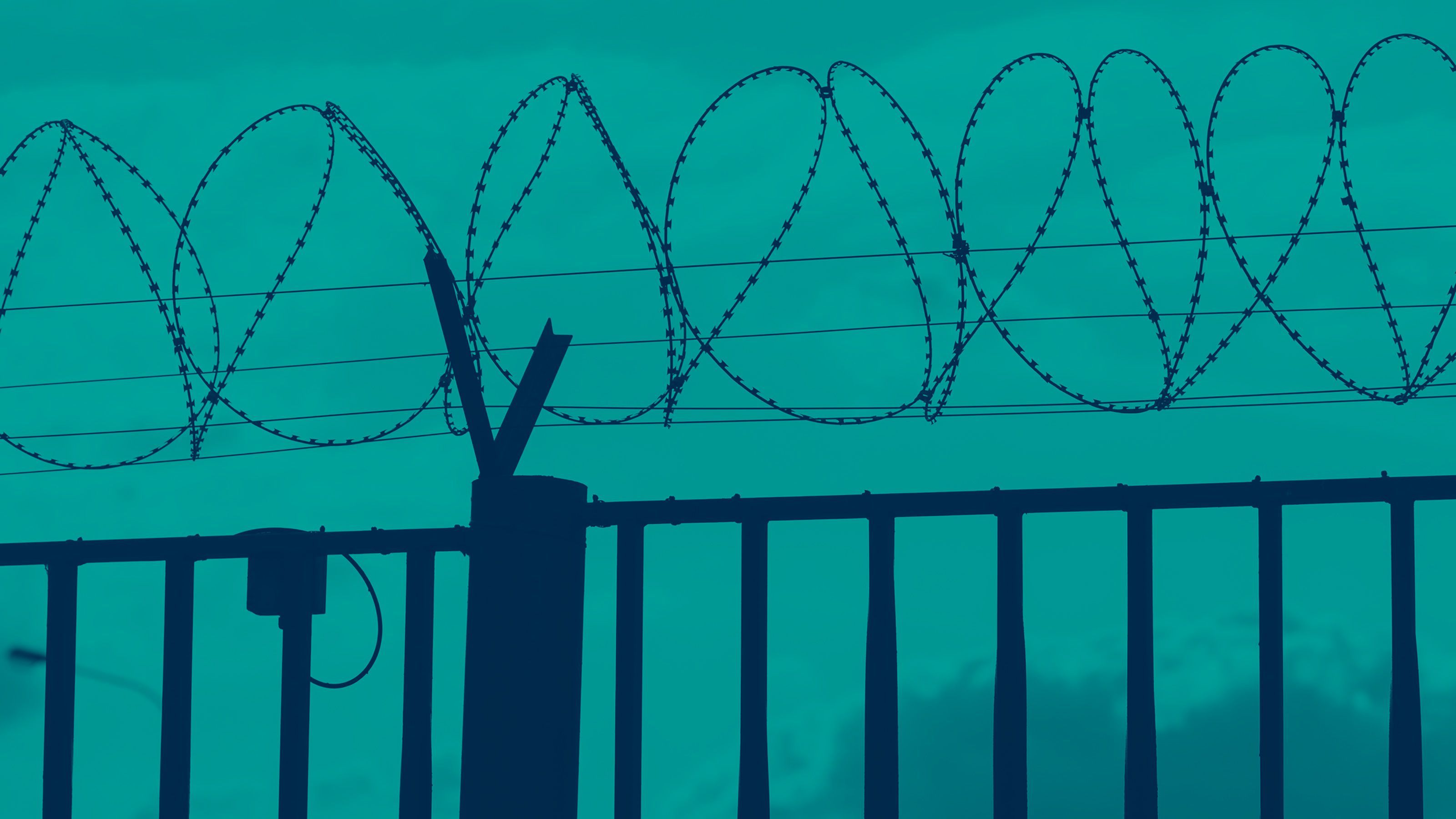Registration
You will receive an email confirming your registration.
Maritime power plays an important role in the “Chinese Dream” of becoming the pre-eminent global power by 2049, a century after the establishment of the People’s Republic of China (PRC). Anil Kumar Chawla’s book, Maritime Power and China’s Grand Strategy, presents the argument that China seeks to use its maritime power as part of its quest to attain Great Power status by providing deterrence in the maritime domain, assuring availability of resources, protecting its sea lines of communication, and economically dominating developing countries in Asia, Africa, Oceania, and South America. Based on careful examination of primary sources, including China’s defense white papers and essential works by prominent Chinese military analysts and institutions, the author unpacks interpretations and analysis of China’s evolving concepts of maritime power. Tracing the development and use of maritime power in China’s history from 1950 to 2024, the book evaluates how it forms an important part of the rejuvenation of the nation and the projection of China as a global power by mid-century.
Carnegie India hosted Anil Kumar Chawla for a discussion on Maritime Power and China’s Grand Strategy at the Security Studies Seminar. The discussion was moderated by Srinath Raghavan.
DISCUSSION HIGHLIGHTS
Evolution of China’s maritime strategy: Participants discussed the transformation in China’s maritime strategy since 1949, shaped by its military guidelines and overall grand strategy. China, a continental power for a major part of its history, increased its focus on the naval domain after 1979 due to its growing reliance on maritime trade for resources like oil and other essential commodities. Additionally, the Sino-Soviet rapprochement in the 1980s and the Soviet Union’s collapse reduced land-based threats, allowing China to allocate resources to naval modernization. China’s maritime strategy evolved through four phases: Near Coast Defence (1949–1980), focused on defending against invasions; Near Seas Active Defence (1980–2004), to expand their sea denial capabilities; Offshore Waters Defence (2004–2015), for limited sea control in the South China Sea; and Offshore Waters Defence with Open Seas Protection (2015 onwards), emphasizing expansion of sea control and protection of sea lines of communication (SLOCs). Military reforms in 2015, such as the creation of theatre commands and the Strategic Support Force, were recognized as enhancing the People’s Liberation Army Navy’s (PLAN) capabilities. Participants noted that former Commander in Chief of the PLAN, Admiral Liu Huaqing’s vision of phased sea control has guided this transformation. The discussion underscored that this evolution aligns with China’s ambition to become a global maritime power.
The Belt and Road Initiative and China’s maritime strategy: Participants discussed the development and expansion of the Belt and Road Initiative (BRI) based on China’s maritime objectives. The initiative includes advancement of the Chinese currency as an international alternative, increasing influence through global finance and trade, and the attempted establishment of military support infrastructure in Asia, Africa, and Oceania. Corresponding to China’s overall maritime strategy, the BRI has emphasized increased Chinese presence in the Indian Ocean region and Europe. For instance, China has sought to acquire ports and built dual-use infrastructure at Djibouti and Hambantota to secure crucial trade routes, gather intelligence, and conduct surveillance. Chinese attempts to dominate were observed through the control of export markets and critical resources, expansion of territory, and the use of the People’s Liberation Army to protect BRI projects. China’s infrastructure development in BRI partner countries has helped ensure economic growth and employment generation, giving legitimacy to the Chinese Communist Party. In this context, China’s “String of Pearls” strategy of establishing a network of ports and bases along its maritime trade routes, was also discussed as integral to its maritime ambitions. The BRI and Strings of Pearls have also helped China mitigate the “Malacca dilemma” by lessening its dependence on certain sea routes for trade and energy through access to more land routes while also increasing its security presence along sea routes.
Prospects and constraints to China’s maritime rise: Participants discussed the opportunities in China’s journey to becoming a maritime power. First, the PLAN has access and operational control over ports and bases along the SLOCs, particularly near major maritime choke points. These developments give China insights into cargo movements, control over global shipping and urban development plan in BRI partner countries. Second, China’s advancements in oceanographic research vessels and underwater explorations are opening prospects for both Chinese public and private sectors. Third, its cost-effective ship production and civil military fusion help mitigate resource constraints and enable rapid naval expansion. Fourth, as a leading producer of underwater cables, China has gained control over Southeast Asian markets. Nevertheless, there are hindrances to its rise as a maritime power. Its centralized decision-making was recognized as a barrier to the required flexibility for international partnerships. Additionally, economic slowdown has adversely affected its maritime plans and projects, including the nuclear-powered aircraft carrier initiative. Despite these constraints, participants noted that China’s maritime strategy is forward-looking and conducive to its ambition to become a global power by 2049.
This summary was prepared by Mugdha Satpute, young ambassador, and Komal Agarwal, intern, with the Security Studies Program at Carnegie India.
